Overview of Deep Hole RC Drilling Techniques
Deep hole RC drilling techniques represent a groundbreaking advancement in modern geotechnical engineering, particularly for drilling operations up to 350 meters in depth. This technology significantly improves efficiency and safety in deep drilling through its innovative fluid circulation system and efficient cuttings removal mechanism. The core advantage of deep hole RC drilling techniques lies in its unique "dual-wall drill pipe + airlift reverse circulation" system, which ensures borehole stability while enabling rapid cuttings evacuation.
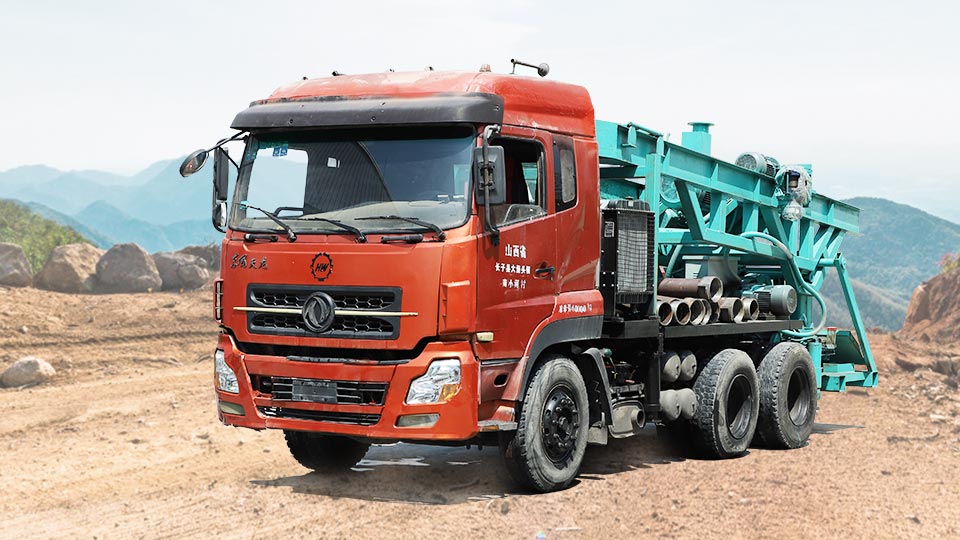
Technical Principles and Features
Deep hole RC drilling techniques utilize compressed air as the power source, delivering high-pressure airflow downward through the annular gap of dual-wall drill pipes to create a negative pressure zone at the bit. This design allows cuttings to quickly ascend to the surface through the inner pipe, forming a continuous discharge cycle. Compared to conventional forward circulation drilling, deep hole RC drilling techniques offer distinct advantages, including higher cuttings removal efficiency, better borehole cleanliness, and faster penetration rates.
In hard rock formations, deep hole RC drilling techniques combined with high-frequency impact bits effectively fracture challenging strata such as granite and basalt. The balanced dual-rope connection of the impact bit simplifies hoisting operations, significantly reducing auxiliary time—a key factor in the efficiency of deep hole RC drilling techniques.
Equipment Configuration and Performance
Deep hole RC drilling techniques require specialized equipment, including high-power engines and stable hydraulic control systems. Typical configurations feature a 150KW or larger engine unit, a mast height exceeding 7.5 meters, and precise hydraulic regulation to ensure stability and reliability at depths up to 350 meters.
Mobility and adaptability are also essential for deep hole RC drilling techniques. Modular rig designs allow for quick assembly, disassembly, and transportation to meet varying site requirements. Advanced electronic monitoring systems provide real-time drilling data, enabling operators to make precise adjustments.
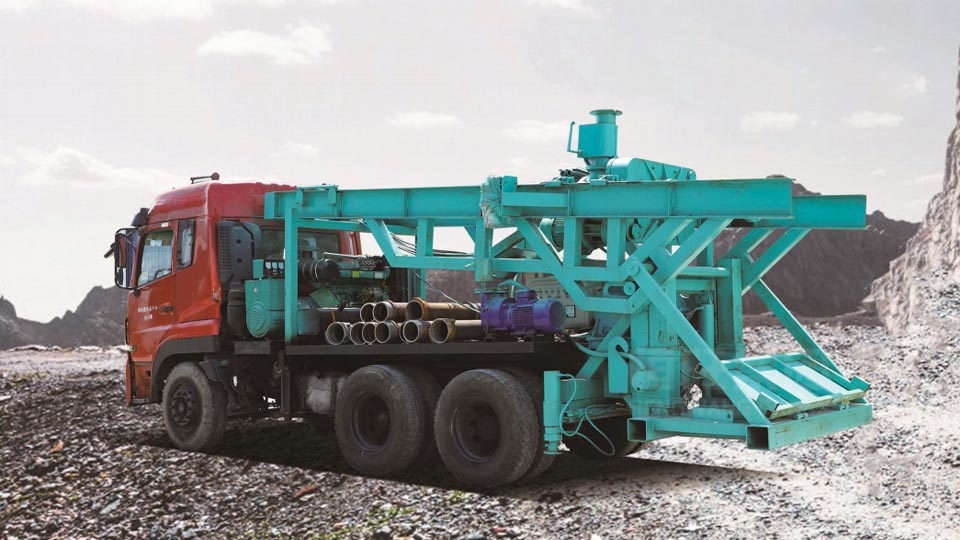
Introduction to Hengwang Group's 10-Inch Rear Eight-Wheel RC Drilling Rig
As a prime example of deep hole RC drilling techniques, Hengwang Group's 10-inch rear eight-wheel RC drilling rig integrates multiple advanced technologies. Powered by a Weichai 150KW engine and equipped with a 7.5-meter mast, this rig achieves a maximum drilling depth of 350 meters and a hole diameter of 1200mm. Its innovative reverse circulation rock-breaking process uses high-frequency impact bits combined with an efficient cuttings removal system to enhance performance in hard rock formations.
The eight-wheel truck chassis ensures excellent mobility, with overall dimensions of 9.2×2.5×3.5 meters and a weight of 25 tons, balancing stability with ease of relocation. Key components include a hydraulic system, dynamo, starter, winch, and strategically placed joysticks, hydraulic tanks, and distribution boxes for operator convenience. Hengwang Group's 10-inch rear eight-wheel RC drilling rig exemplifies the practical application of deep hole RC drilling techniques.
Future Applications
Deep hole RC drilling techniques show vast potential in large-scale infrastructure projects, mineral exploration, and geothermal development. As China's infrastructure construction extends to greater depths, demand for 350m+ drilling will grow, further highlighting the importance of deep hole RC drilling techniques. With the integration of smart and automated technologies, these techniques are poised for new breakthroughs, driving innovation in geotechnical engineering.
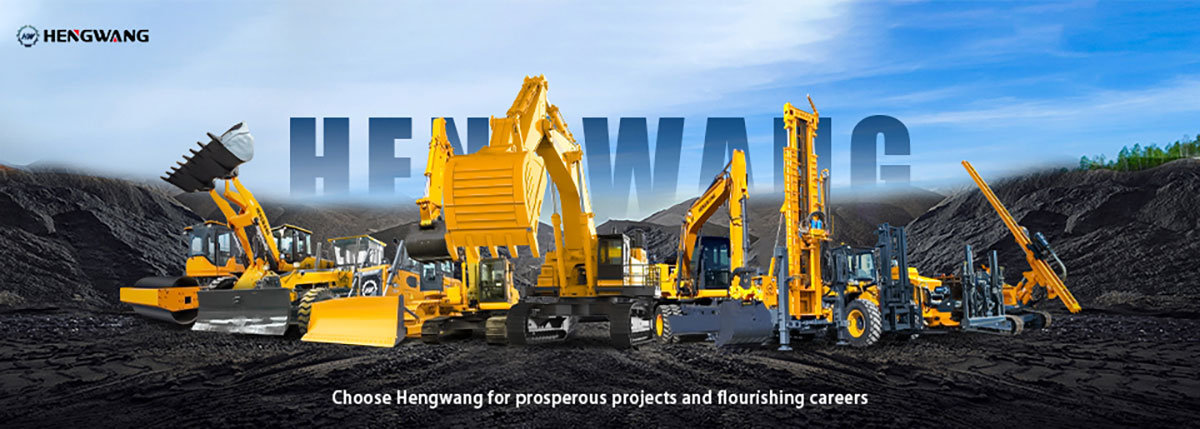
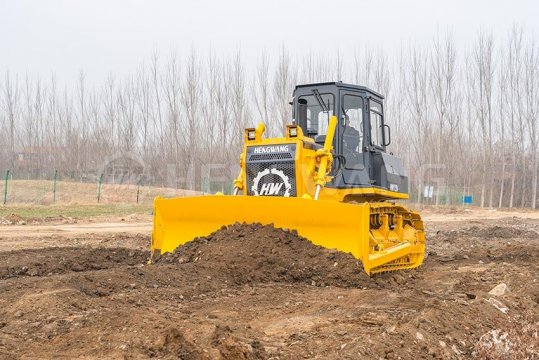 Bulldozer Blade Types: Core Configuration for Adapting to Different Operating Scenarios
Bulldozer Blade Types: Core Configuration for Adapting to Different Operating Scenarios
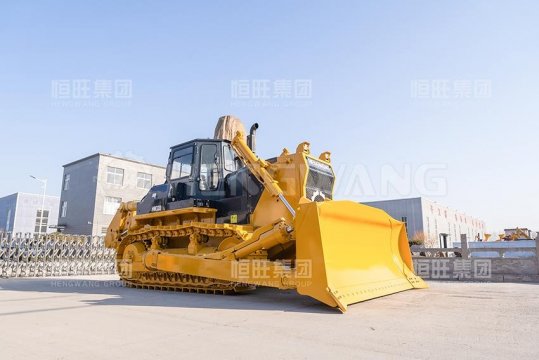 Swamp bulldozer: An Efficient Solution for Operations in Muddy Environments
Swamp bulldozer: An Efficient Solution for Operations in Muddy Environments
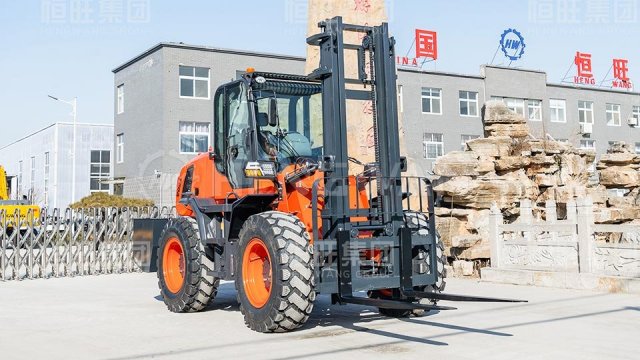 Rough terrain forklift with highest load capacity: A High-performance Solution for Heavy-duty Outdoor Operations
Rough terrain forklift with highest load capacity: A High-performance Solution for Heavy-duty Outdoor Operations